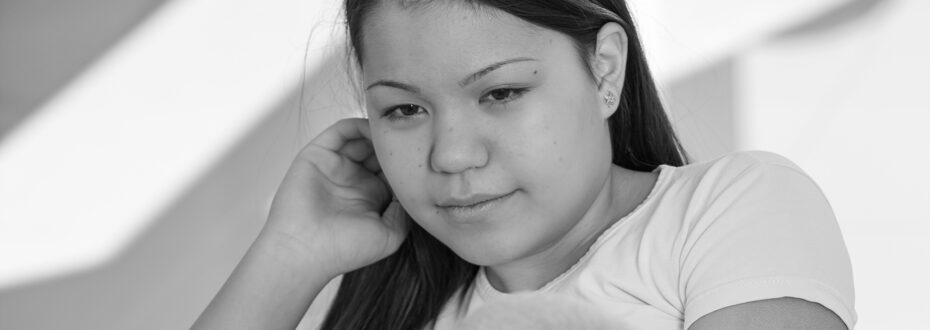Girls entering the children and young people’s secure estate (CYPSE) have multiple and complex difficulties including high levels of mental health difficulty resulting from prolonged and pervasive experiences of abuse and adversity, says a report published today by Centre for Mental Health.
Out of sight, by Lorraine Khan, Androulla Harris and Curtis Sinclair, is based on a review of the needs of girls in the CYPSE which was commissioned by NHS England and NHS Improvement and the Youth Custody Service. The review included interviews with girls who had been in the CYPSE, conducted by Leaders Unlocked.
Girls can enter the CYPSE both through ‘welfare’ placements or through the justice system. There are fewer girls than boys in the CYPSE, with very small numbers in justice placements. The majority are placed in secure children’s homes. At the time of our review, small numbers of girls on justice placements were also placed at a secure training centre (Rainsbrook).
The report finds that girls entering the CYPSE arrive with histories of sexual exploitation, high levels of, trauma, poor mental health and much higher than average neurodiverse conditions such as Attention Deficit Hyperactivity Disorder (ADHD). Coming into the CYPSE can exacerbate feelings of trauma and mental health difficulties, leaving many feeling frightened, lost and overwhelmed. Girls from racialised communities are over-represented in the CYPSE and there is some evidence that they may be less likely to have their vulnerabilities and needs recognised.
Girls in justice placements are more likely than boys to be far from their homes. In 2019, eight out of ten girls in justice placements were more than 50 miles from home compared with just under four out of ten of boys. This can make it much harder for them to maintain important family relationships and it undermines their connections with support services that might assist transition back into the community. Many girls in welfare placements felt ‘abandoned’ and ‘forgotten’ by their community and by social workers.
For girls in welfare placements, there was a lack of safe and stable step-down housing and advance planning for their return to local areas. This often hindered their transition back to their home areas. Girls found this uncertainty highly stressful – often resulting in an unravelling of the progress they had made during their time in the home and increasing their chances of self-harm.
Almost all girls entering welfare placements are considered to have significant self harm risks. And girls in justice placements had high reported levels of self-harm compared with boys. This is a major worry for both girls and staff working in the CYPSE. Use of force or restraint was commonly used to prevent self-harming with girls in the CYPSE, which itself can be traumatic, especially for those with histories of physical and sexual abuse.
Staff felt that trauma-informed approaches, currently being extended across the CYPSE, were helpful in supporting girls’ wellbeing and progress. Staff in the CYPSE sought to make girls feel safer and to build strong and authentic relationships with them.
Some girls said they felt much safer in CYPSE settings and appreciated the mental health support they received and the positive relationships they had with staff. But many also felt anxious and unsafe in what they often described as an unpredictable environment. A number of girls said they wanted more time with staff and more emotional support. Access to education was also important for girls. Some had made real progress during their time in these settings, while others felt that provision wasn’t adequately tailored to their abilities, ambitions and needs.
Lorraine Khan said “Evidence suggests that girls are better at hiding and masking childhood trauma, distress and neurodiverse needs. This results in girls going under the radar – missing out on critical opportunities for early intervention or for additional support during childhood. As a result, some girls’ difficulties multiply and become entrenched over time – particularly when they then face further abuse and sexual exploitation during adolescence. During this review we heard about important gaps in early effective community support for vulnerable girls making them more at risk of ending up in the CYPSE.”
Out of sight calls for earlier intervention to support girls who have faced trauma and adversity, and for more strength-based, wraparound and gender responsive community-based alternatives to the CYPSE.
The report also makes recommendations for changes in the CYPSE to support girls’ mental health. They include bolstering support and induction for girls from the moment they enter the CYPSE until after they have transitioned out; strengthening staff training (particularly in relation to gender, trauma and strength-based approaches and in the management of complex and repetitive self-harm); and improving the early identification of girls with trauma, neurodiverse difficulties and other needs, especially for girls from racialised communities.



